Is Merino Wool Itchy? No! Discover the Secret to Soft, Itch-Free Comfort
Wool’s been a trusted fabric for ages, and it’s easy to see why. It’s warm, durable, and feels like a cozy embrace. From shepherds shearing sheep in ancient Europe to today’s sustainable wool factory, its history is as deep as its texture. I adore slipping into a wool sweater on a chilly day and it’s instant comfort. It rose to fame with traditional craftsmanship and now adapts to modern needs. Let’s dive into why wool still holds its own and what makes it so special.
Advantages of Wool Fabric
Wool is one of those rare materials that feels like a gift from nature that practical yet luxurious. I still remember the first time I truly appreciated it: a biting cold day in the mountains, saved by a wool scarf that kept me warm without weighing me down. That experience hooked me, and I’ve since come to love wool’s many strengths.
(PIC From Pin)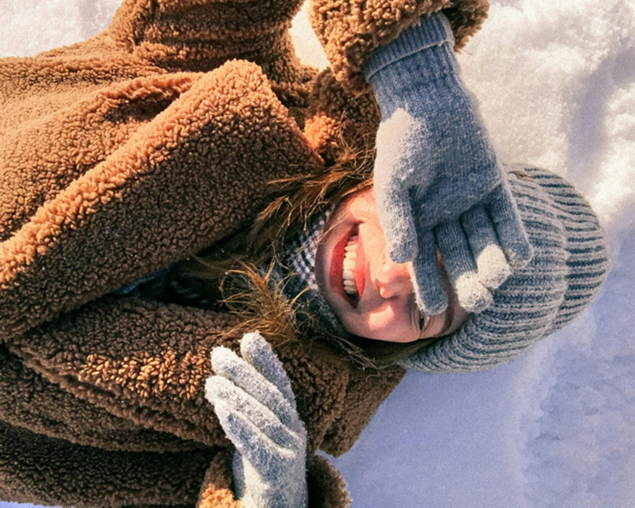
Unbeatable Warmth
Wool’s natural crimp is like nature’s secret weapon. It forms tiny air pockets that trap heat, working like a built-in thermostat to keep you snug. I’ll remember that freezing day that my wool scarf saved me. It was like carrying a portable fireplace around my neck which cozy, enveloping warmth without ever feeling heavy or suffocating.
(PIC From Pin)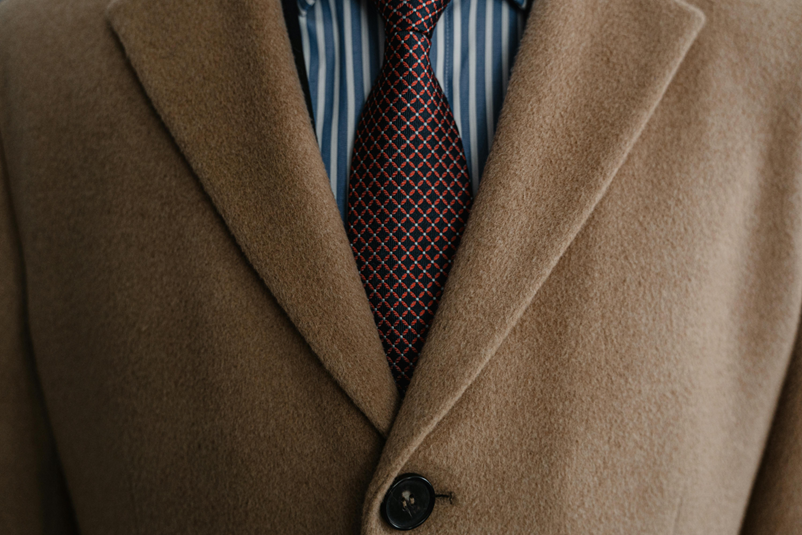
Wool’s warmth isn't just folklore. It’s backed by physics. According to the International Wool Textile Organisation (IWTO), wool fibers are naturally crimped, forming millions of tiny air pockets that trap body heat. This insulation mechanism makes wool up to 30% warmer than synthetic alternatives like polyester or acrylic. And I believe it. Whether it’s a biting wind or a frosty morning, wool’s got your back, delivering that deep, reliable heat that synthetic fabrics can only dream of mimicking.
Moisture-Wicking Magic
Wool can soak up to 30% of its weight in water without ever feeling damp. It's a trick that still blows my mind. It’s not just about absorbing sweat or rain; wool pulls moisture away from your skin and lets it evaporate, keeping you comfortable instead of clammy. And I read once that this comes from wool’s keratin structure, which loves water but doesn’t let it pool.
(PIC From Pin)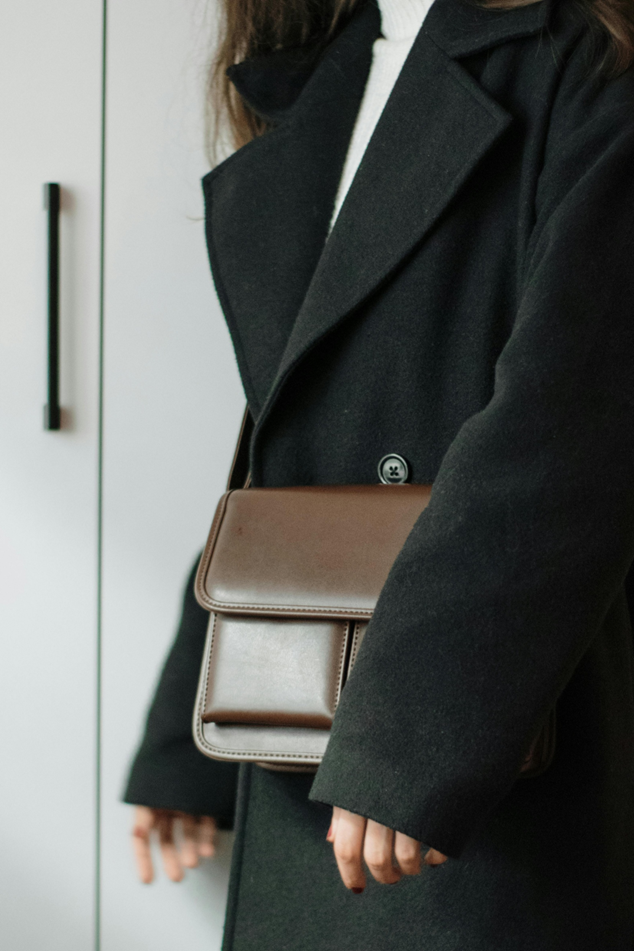
Wool doesn’t just wick moisture; it manages it. The Woolmark Company reports that wool can absorb up to 35% of its own weight in water vapor without feeling damp, while synthetic fabrics absorb only 1-5% ( Moisture Management Merino ) .
Natural Temperature Regulator
Wool isn’t just a winter warrior, but a year around champion. It acts like a clever thermostat, wicking moisture and breathing to keep you comfy in any season. I wore a thin Merino wool tee on a humid summer day once, I felt cool and dry and it totally flipped my assumptions about wool. That same breathability keeps you warm when it’s cold, balancing your body temp. I’ve since learned it’s because wool adjusts to humidity and air flow, making it a staple for adventurers or desk-dwellers alike. From snowy peaks to sticky afternoons, it’s the fabric that adapts so you don’t have to.
Types of Wool and Their Unique Qualities
Wool isn’t a one-note fabric. It's each type brings its own texture, vibe, and magic to the table. I’ve come to appreciate this diversity over the years, whether through handling a skein at a market or wearing a piece that surprises me with its quirks. Here’s a rundown of many standout varieties I love to talk about and each with its own story and strengths:
(PIC From Pin)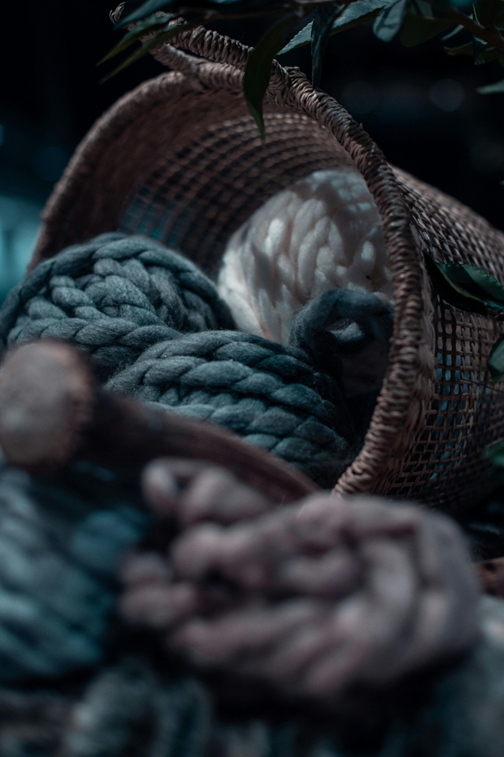
Cashmere
Cashmere is the royalty of wool, harvested from the soft undercoat of cashmere goats and mostly found in places like Mongolia and the Himalayas. I remember slipping on a cashmere sweater when the winter come. It felt like a whisper against my skin, so light and silky I almost forgot I was wearing it. Despite its delicate nature, it’s a powerhouse of warmth, perfect for winter days when you want elegance without the bulk.
It’s not the toughest wool out there that snags happen if you’re not careful, but that velvety smoothness makes it a wardrobe essential. Think scarves or cardigans that feel like a treat every time you reach for them.
Alpaca Wool
Alpaca wool comes from the fleeces of alpacas, those adorable cousins of llamas roaming the Andes. What gets me every time is how it’s naturally hypoallergenic and no lanolin means no itch, which is a godsend for sensitive skin. It’s lighter than traditional wool yet warmer, thanks to its hollow fibers that trap heat without weighing you down. Plus, it’s water-resistant that spill a little coffee, and it beads right off. It’s my pick for anyone who wants comfort with a conscience.
(PIC From Pin)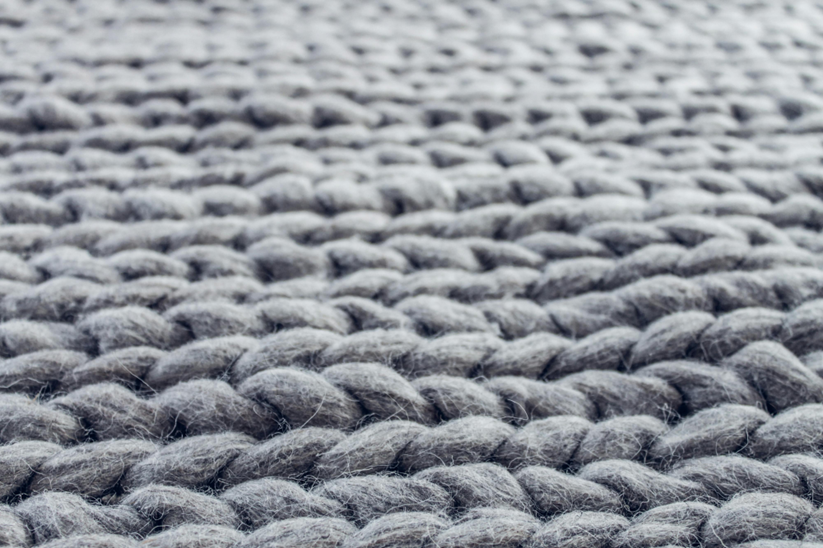
Shetland Wool
Straight from Scotland’s windswept Shetland Islands, this wool is as tough as the ponies it comes from. I’ve seen Shetland knits in action like Fair Isle sweaters or tweed jackets. They’ve got this rustic charm that screams heritage. The fibers are coarser than cashmere, but that’s where the durability shines; my Shetland scarf has braved years of stormy weather and still looks hearty. What I love most is the natural color range like browns, grays, creams that all straight from the sheep, no dye needed. It’s the wool for outdoor souls who want something that lasts as long as their adventures.
Angora Wool
Angora comes from the fur of Angora rabbits, and it’s pure whimsy in fiber form. I once held an Angora scarf up to the light and couldn’t get over its halo-like fluff—it’s like wearing a cloud. That softness is unreal, making it a dream for sweaters or shawls that feel like a warm hug. But here’s the catch: it’s delicate. Shedding’s a thing, and it needs gentle handling—no tossing it in a backpack like Shetland. I’ve learned to pair it with sturdier fabrics to keep it in check. For those cozy, stay-home vibes or a touch of luxury in accessories, Angora’s fluffiness is hard to beat.
The Environmental Impact of Wool Production
Wool’s dating with the environment is a bit like a terrific pal with a complex beyond. There’s a lot to love, however it’s no longer with out its flaws. As someone who’s attempted to make more sustainable selections, I’ve hung out digging into what wool production without a doubt method for the planet. It’s a combination of green wins and actual demanding situations, and understanding both has formed how I see this cloth.
(PIC From Pin)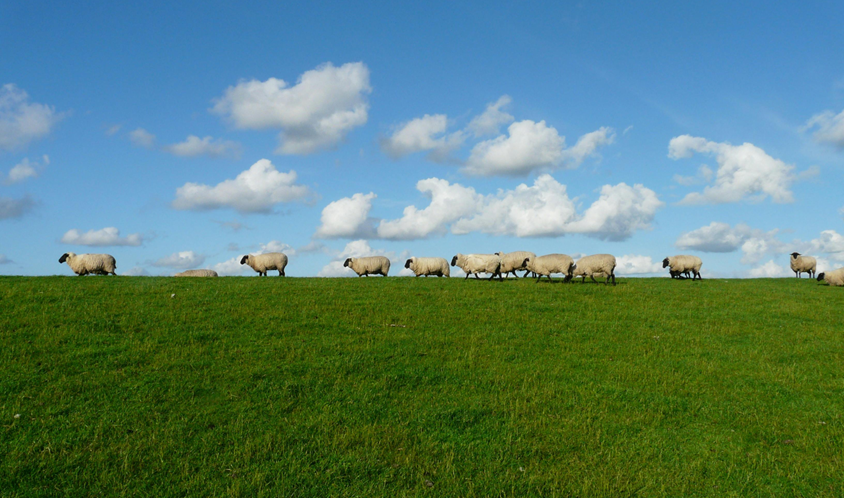
On the plus aspect, wool is a renewable aid, which looks like a breath of fresh air in a world drowning in synthetics. Because sheep grow a new fleece each yr, and while a wool sweater’s lifestyles is over, it biodegrades evidently and no microplastics left in the back of. This in movement once on a journey to a sheep farm in Wales, where the rolling hills have been dotted with grazing flocks, and the farmer defined how their cycle suits into the land’s rhythm. It’s low-tech in the best way: sunshine, grass, and time do most of the work. Compared to polyester, which guzzles fossil fuels, wool’s carbon footprint can be lighter that research suggest it’s about 20-30% less strength-extensive to provide, depending on the method.
But it’s now not all pastoral perfection. Sheep farming has its downsides, and I’ve wrestled with those realities. Overgrazing can put on out the soil that too many hooves trampling fragile land can lead to erosion or desertification. This problem is not anything compared to manufacturing unit emissions.
(PIC From Pin)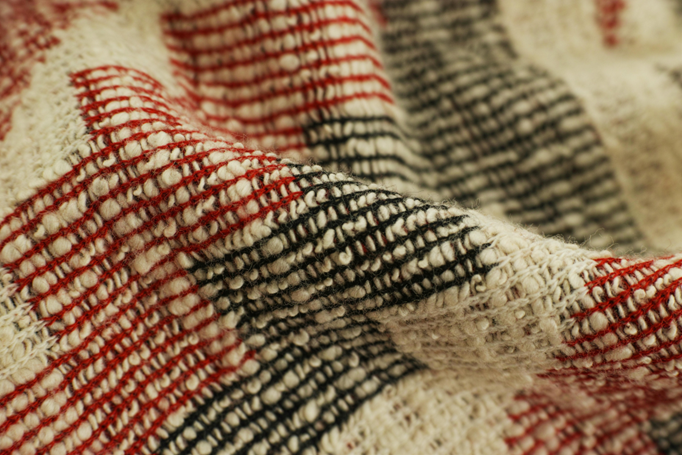
And right here’s the hopeful element, although: the industry’s waking up. Organizations like the Textile Exchange and certifications like the Responsible Wool Standard (RWS) are improving traceability and land stewardship ( Textile Exchange – Responsible Wool Standard , Wool and the Environment ). Sustainable practices are gaining ground, and I’ve visible it firsthand. Farmers are using rotational grazing to present pastures a breather. They shifting sheep around so the land heals. Certifications like the Responsible Wool Standard (RWS) are popping up, making sure ethical treatment of animals and ecosystems. Some manufacturers are even skipping harsh dyes, sticking to wool’s herbal sunglasses. It’s not ideal yet, but it’s progress.
So, wool’s environmental tale? It’s a balancing act. It beats artificial fibers in durability and biodegradability, but its footprint relies upon on how it’s raised and processed. For me, it’s approximately picking wool from mindful resources and people small alternatives nudge the machine towards some thing greener.
Q&A of the Wool Fabric
Q1: Is merino wool itchy? What about alpaca wool?
A1: Merino wool itchy? Not usually—at least not the good stuff. I used to think all wool was scratchy until I tried a Merino. It was soft as a kitten, no irritation at all. That’s because Merino fibers are super fine that around 15-25 microns and way thinner than coarser wools that prick your skin. The finer the fiber, the less it bends and pokes. And alpaca’s even gentler in my book. I gave an alpaca scarf to my sister, who’s got sensitive skin, and she’s worn it for years with zero complaints. It’s naturally lanolin-free (unlike sheep wool), so it skips that oily, itchy trigger. Both are champs for comfort, though alpaca feels a touch silkier to me.
Q2: Is wool waterproof?
A2: Not exactly, but it’s got some water-repelling tricks up its sleeve. Wool isn’t waterproof like a raincoat and water will soak in eventually. But its outer fibers have a waxy coating (lanolin) that shrugs off light rain or snow. We’ve all walked through a drizzle in a wool coat and watched droplets bead up and roll off. The real magic, though, is how it handles moisture: it can absorb up to 30% of its weight in water without feeling soggy. My wool socks stayed cozy even after a stream crossing once.
(PIC From Pin)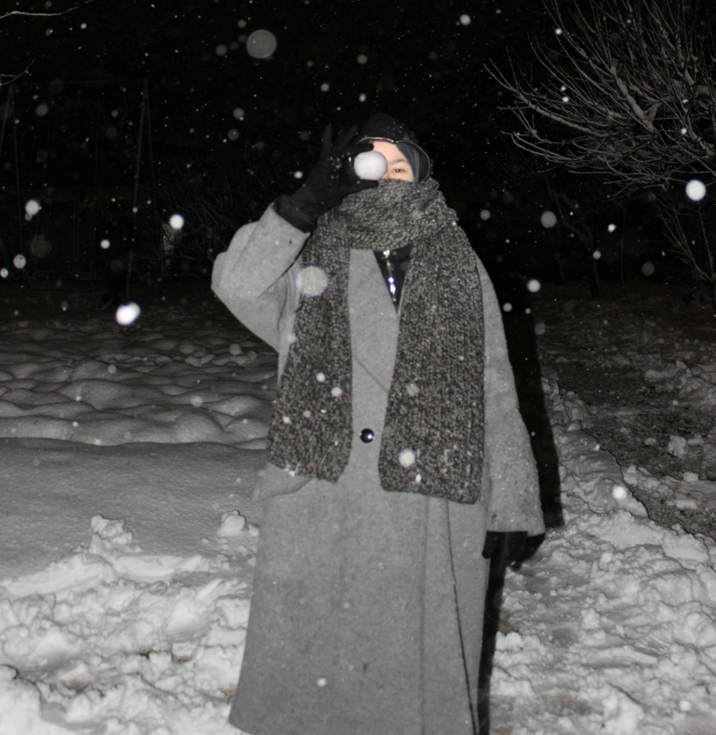
Q3: Why wool is good indigo dye? And how to dye wool?
A3: Wool and indigo are a match made in heaven because wool’s protein fibers called keratin that love to grab onto natural dyes like a sponge. The fiber’s texture helps too. It’s got scales that open up with heat and lock in the dye. How do you dye it? It’s pretty straightforward: start with clean wool (no grease!), simmer it in a dye bath with indigo powder, water, and a reducing agent like sodium hydrosulfite to make the dye stick. Keep it warm, not boiling around 120°F. So you don’t felt the wool. Rinse it gently after, and you’ve got a gorgeous blue. And it’s addictive to watch.
Wool Fabric Representative Products
Wool’s versatility is one of its superpowers. It shows up in so many corners of life, from the practical to the downright stylish. I’ve come to rely on wool products over the years, each one proving its worth in its own way. Here are five favorites that showcase what this fabric can do. Let's get it.
Wool Scarf
A wool scarf is like a trusty sidekick for any cold day. I’ve got a Merino one that’s been with me through countless winters. It’s soft enough to wrap around my face without a hint of itch, and it keeps the wind at bay like a champ. Whether it’s a chunky knit or a sleek cashmere weave, a good scarf adds warmth and a pop of style. Mine’s saved me on blustery hikes and dressed up a plain coat for dinner out. It’s the little hero of my wardrobe.
Recommend: Acne Studios - Vally checked wool-blend scarf
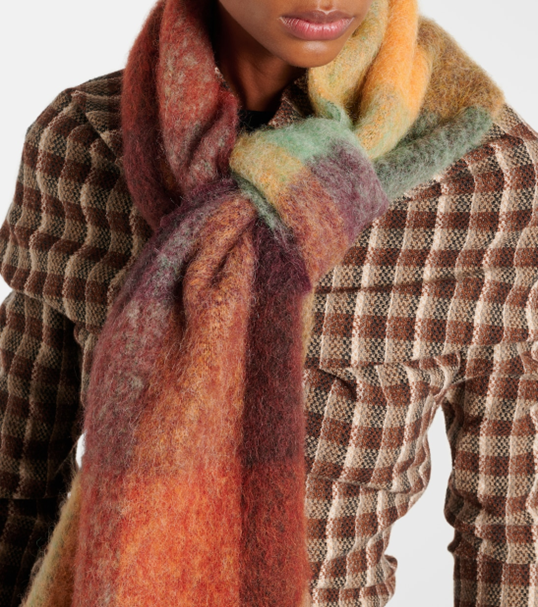
Wool Coat
Nothing says timeless like a wool coat. I picked up a tailored gray one years ago, and it’s still my go-to when the temperature drops. The way it cuts through chill without feeling bulky is unreal that those dense fibers block wind and hold heat like they’re made for it. Plus, it’s tough; mine’s weathered spills and scuffs and still looks nice. From classic pea coats to long overcoats, wool makes them heirlooms you can pass down or at least wear for a decade.
Recommend: AEXAE - Wool-blend coat
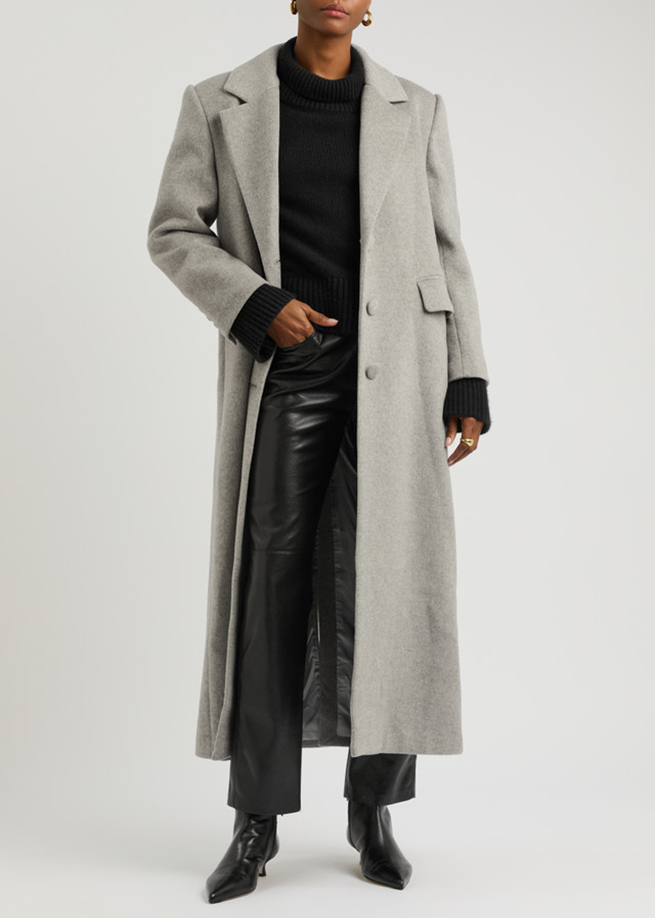
Wool Hat
A wool hat is my secret weapon for bad hair days and frosty mornings alike. I’ve got a Shetland wool beanie that’s rugged enough for outdoor chores but cozy enough to nap in. It molds to your head, keeps your ears toasty, and wicks away sweat if you’re on the move. Whether it’s a slouchy knit or a fitted cap, wool hats bring warmth with a dose of character.
Recommend: Max Mara - Eridan camel hair hat
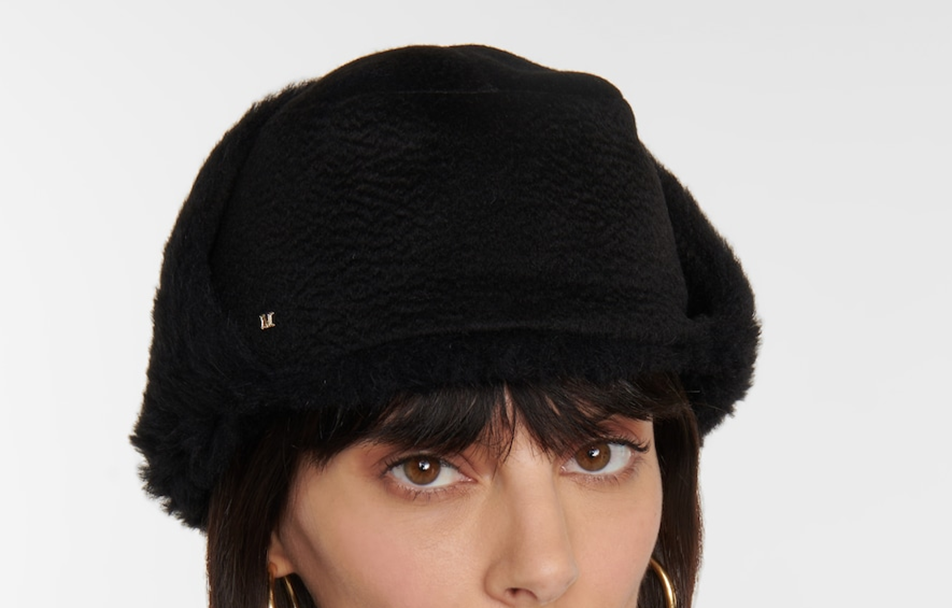
My Point
Here’s my take: wool’s like a companion on the road of life. It warms you when the wind bites, cools you when the sun blazes, and sticks around through the seasons. Pick up a wool scarf or a pair of gloves, and you’re not just buying stuff. You’re inviting a bit of that steadfast magic into your world. For me, it’s a small way to live slower, smarter, and closer to what lasts.